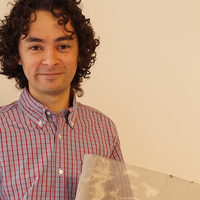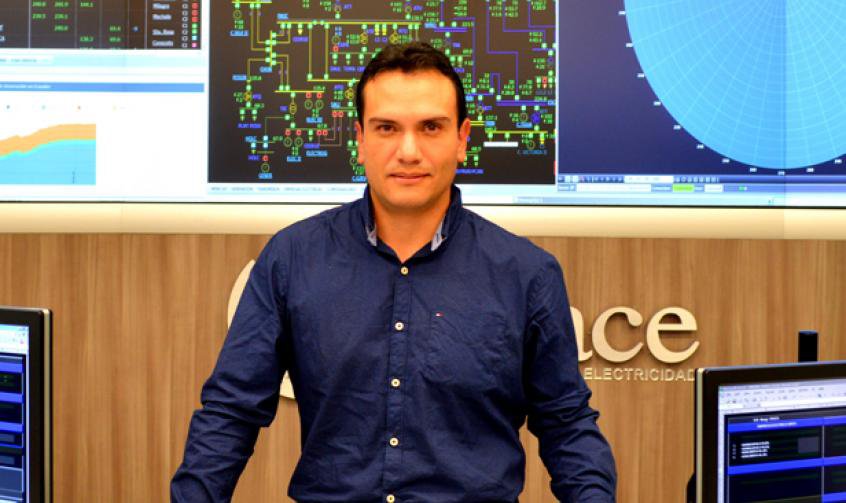Energy & sustainability
Jaime Cepeda
His algorithms designed to analyze the electric grid help prevent blackouts

Latin America
Edgar Rodríguez
Designed a condenser that extracts water from the humidity in the air without using electricity

Asia Pacific
Vivien Chua
Coupled Ocean-Hydrologic Modeling for Coastal Urban Settings

Global
Richard Lunt
Making invisible solar cells for electronic devices requires some exceptional creativity.

Latin America
Alberto Arredondo
Created a sustainable, water treatment system based on traditional knowledge
